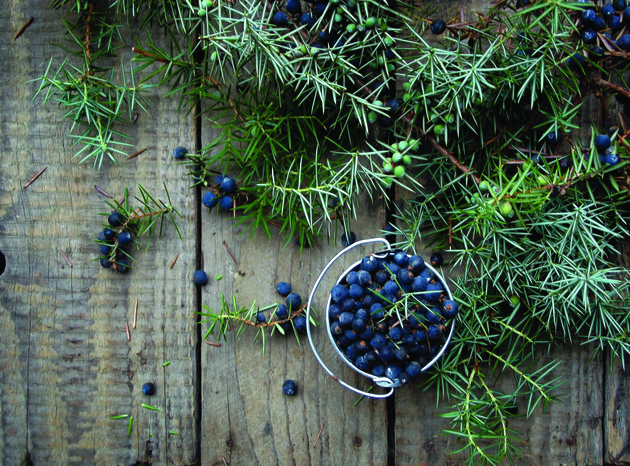
Gin sales boom with 45% growth at Christmas
Gin was the runaway success of the last minute Christmas booze run, with shoppers buying a huge 45% more in the week before the big day than 2016.
Trading data from IRI shows that in the week to Saturday 23 December, consumers spent £36m on gin in the top nine supermarkets, putting it far ahead of other popular categories such as sparkling wine – which was down by -1.1% in value – in terms of growth.
The £36m spent on gin equates to 2.2 million bottles – 636,000 more than in 2016.
But while sales of sparkling wine including Prosecco were down, 8.8 million bottles were sold in that one-week, proving there is still fizz in the market.
Still wine – particularly red – saw encouraging growth, with sales up 2.4% in terms of spend.
In total, Brits bought 41.5 million bottles of wine from supermarkets in the week before Christmas.
A spike in the sales of gin also helped boost value sales of mixers by 30% in Christmas week including soft drinks (+5.9%).
For the year as a whole, total market sales of gin on a 52-week basis are currently up 28% by value compared to 2016.
“Some categories did really well over Christmas – notably gin, which has taken over from Prosecco and craft ales as the UK’s trendy tipple,” said Martin Wood, head of strategic insight, retail solutions & innovation at IRI.
The data shows beer, wine and spirits sales were up only slightly on last year, growing by 0.1% in value.
Vodka (-2.6%) and white rum (-4.1%) were down versus last year, as was ale.
Ale sales decline by 5.4% compared to 2016, when the craft ale boom was at its peak.
Overall, the big supermarkets took another hit from the discounters over the festive period, which were likely to have gained grocery share.
“Supermarkets can continue to flourish by building their grocery offer to compete with discounters and the likes of Amazon, which is attacking this space,” Wood advised.
“Success strategies for 2018 will include focusing on new and well-loved branded products which differentiate the offer, diversifying into growth areas like food-to-go, and optimising the range to give consumers what they want without unnecessary capital tied up in slow-moving stock.”
Keywords:
- wine
- Gin
- Christmas
- sales
- sparkling
- value
- Sparkling Wine
- week
- Soft Drinks
- bottles
- million
- £36
- £36 million
- christmas week
- week including
- total brits bought
- boost value sales
- christmas week including
- including soft drinks
- week including soft
- IRI




